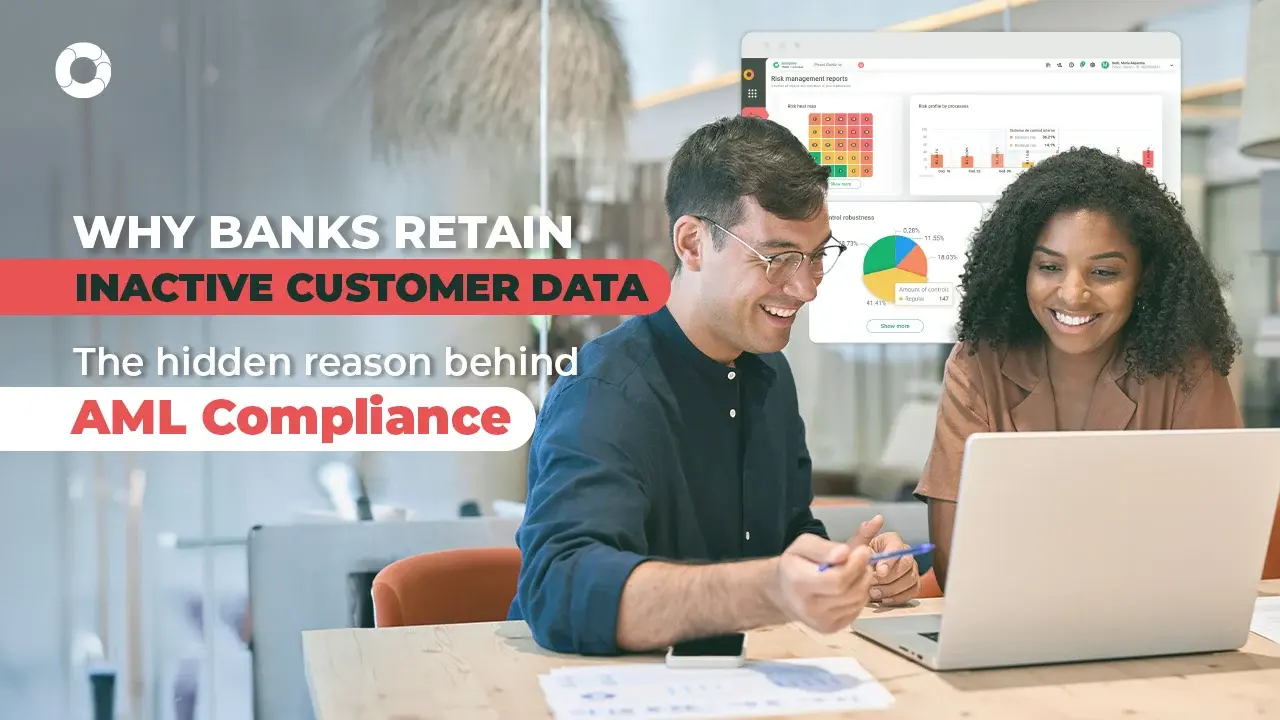What is KYC or Know your customer?

Do you want to know how to prevent money laundering and terrorism financing? Here we explain one of the most common procedures.
Know your customer (KYC) is one of the most widely used methods to prevent money laundering and terrorism financing. This is a process that stems from a recommendation of the Basel Committee and is essential to preventing money laundering.
Since the stages of money laundering make it difficult to trace illicit funds, banks must define a set of rules and procedures to identify and know the sources of their customers' wealth.
The "know your customer" approach to preventing money laundering and terrorism financing is a process that helps protect the reputation and safety of financial institutions by reducing the likelihood that banks will be used to commit any type of crime related to money laundering or terrorism financing.
"Know your customer" procedures are carried out as customerdue diligence. This is done through prior investigation that reveals details of personal and professional life, which will endorse the information provided by the customer at the time of registration.
How is this done?
Due diligence must be exercised by the person in charge of the registration area or the unit in charge, before opening the account or establishing the relationship between the customer and the entity. To do so, visits are often carried out at the workplaces or commercial premises of the client.
During these visits, a report is prepared with data on the facilities, production volume, invoicing, etc., in order to conduct the analysis of customer acceptance as per bank standards.
What information must be submitted?
For reference purposes, a "Know Your Customer" form must contain the following information:
- Customer's identity data
- Description of the customer's financial situation
- Explanation of the customer's professional activities
- Details of the professional and business activities of the customer's family
- Specification of the customer's financial and investment capacity
- Information about the relationship with the account holder
- Explanation of the customer's prospecting process
- Personal and professional references checked
- List of the main financial institutions used by the customer
- Financial circumstances, broken down by rural, urban and commercial real estate, or fixed income, equity or any other kind of financial investments
Know Your Customer Validation and Approval
The know-your-customer validation must be carried out by the compliance officer commissioned by the entity. This officer is responsible for assessing the quality of the information provided in the registration form and checking that it meets with the requirements from the beginning.
Also, the know-your-customer process must undergo a prior assessment by the responsible supervisor before being sent to the compliance officer.
Know Your Customer Renewal and Updating
Since the customer's financial situation may change, improve or worsen, the know-your-customer procedure needs to be updated and supplemented over time.
Some banks have an electronic version of Know-Your-Customer, which is updated directly by the account manager. Systematizing the process makes it more agile, secure and helps save resources. Either way, each financial institution is autonomous in defining the time frame and the ways in which it updates the information.
You May Also Like
These Related Stories

5 tools to identify risks in a company

Why do banks retain inactive customer data?

4 risks that can affect your company's reputation

4 operational risk factors and their importance

Everything you need to know about the ISO 31000 standard


No Comments Yet
Let us know what you think